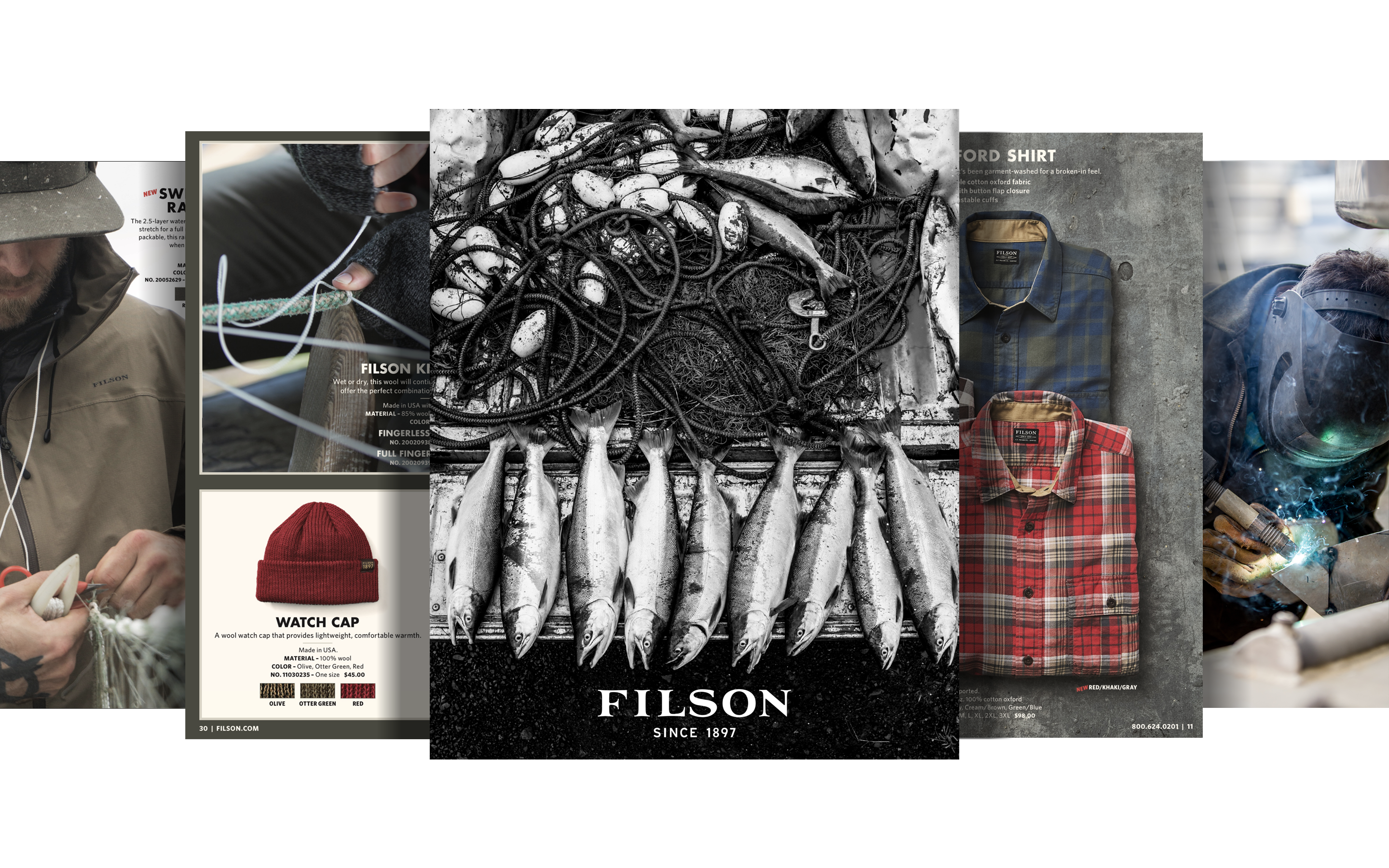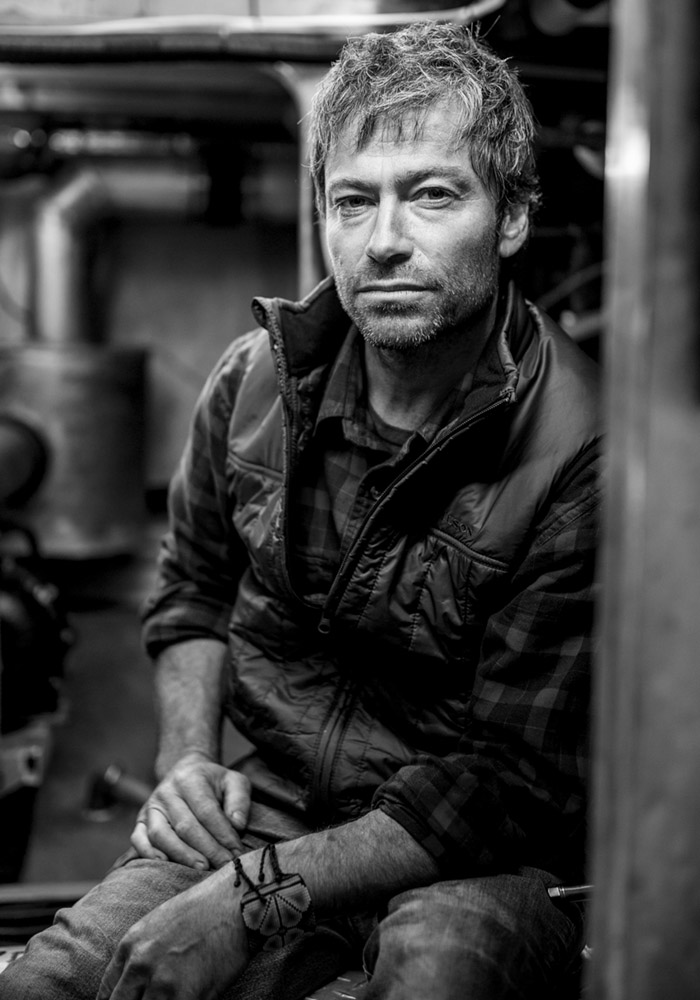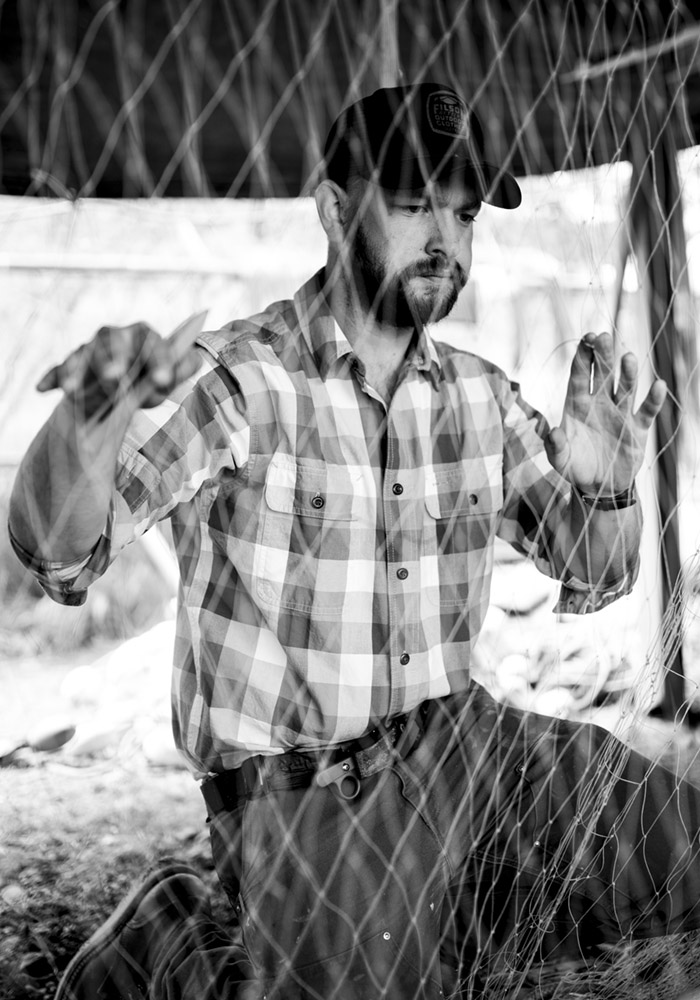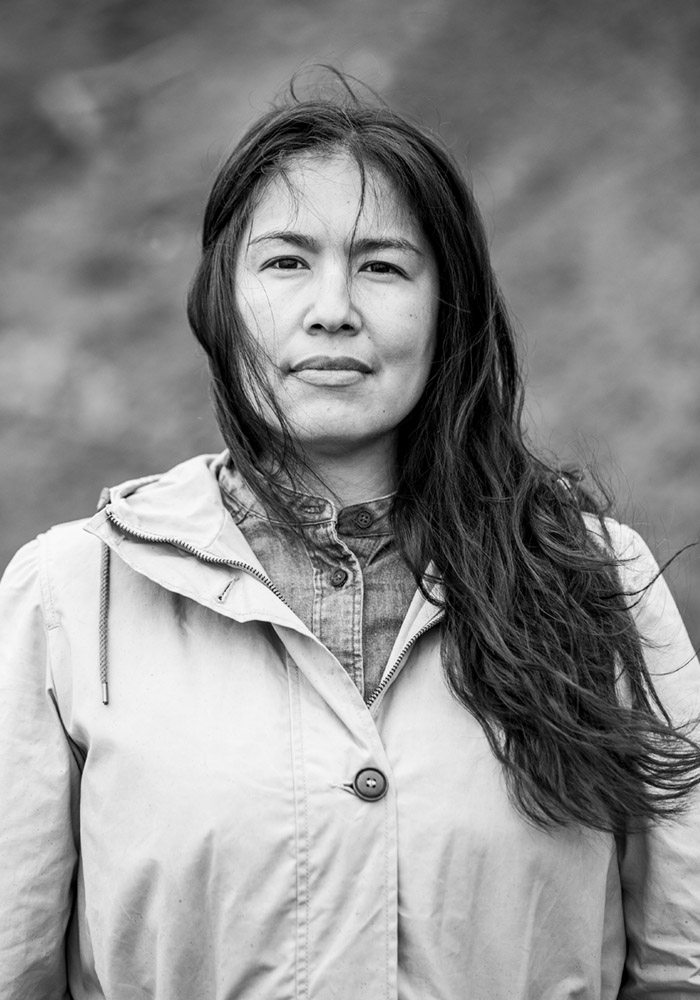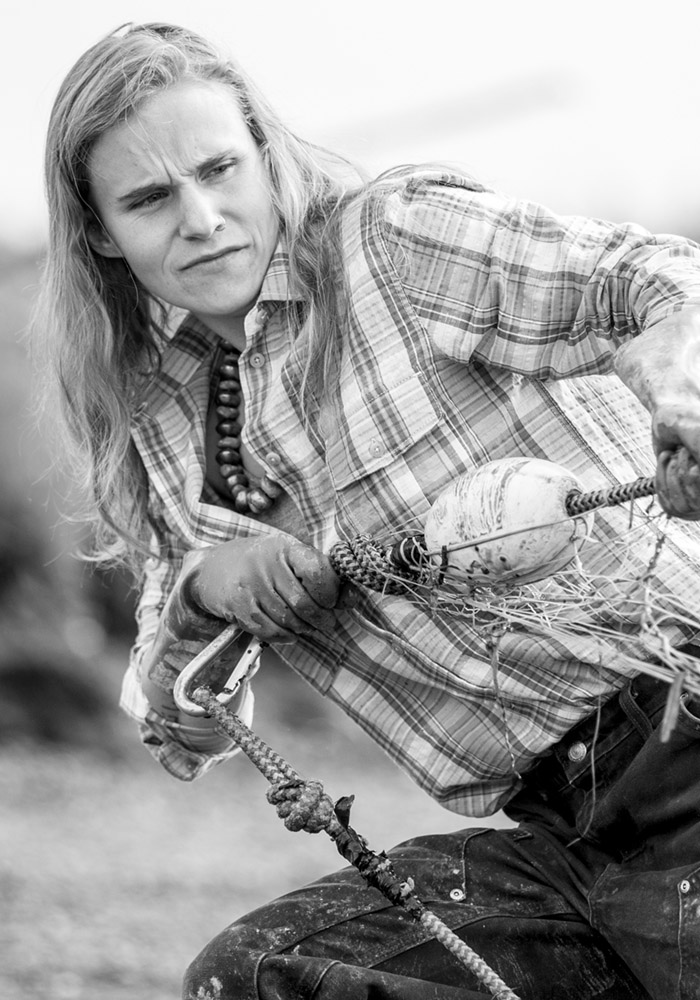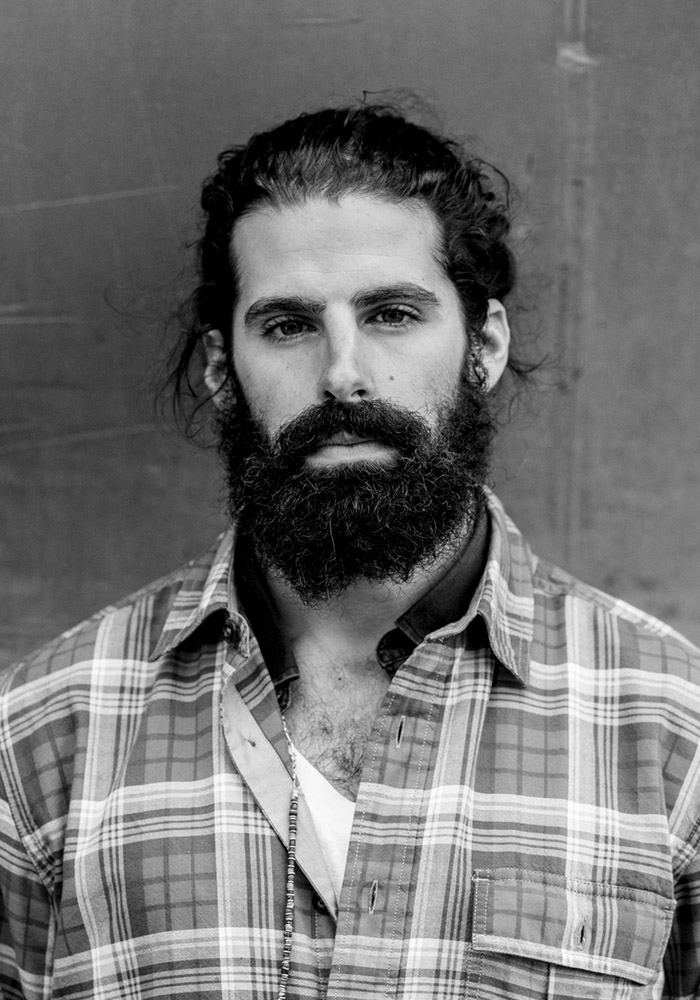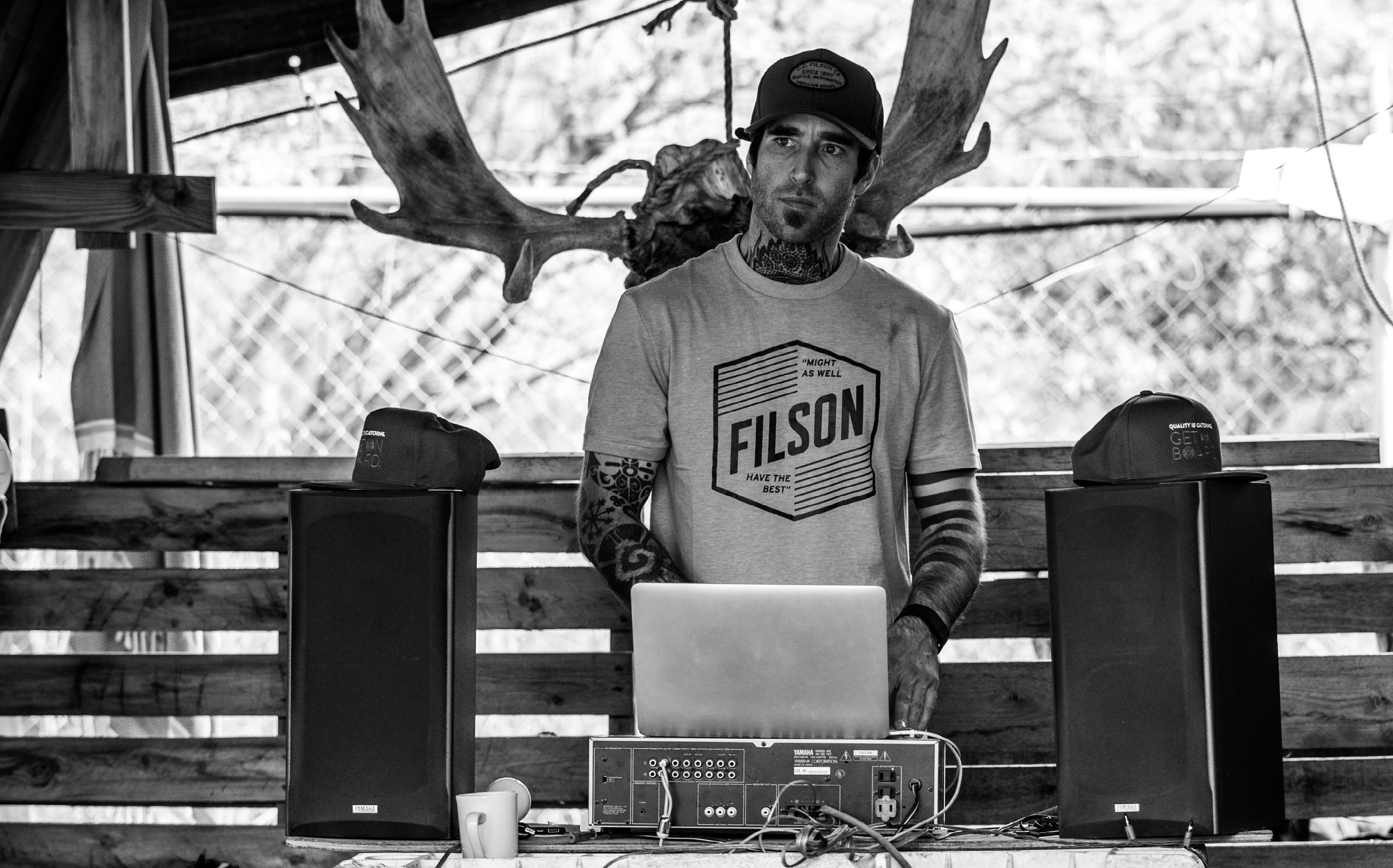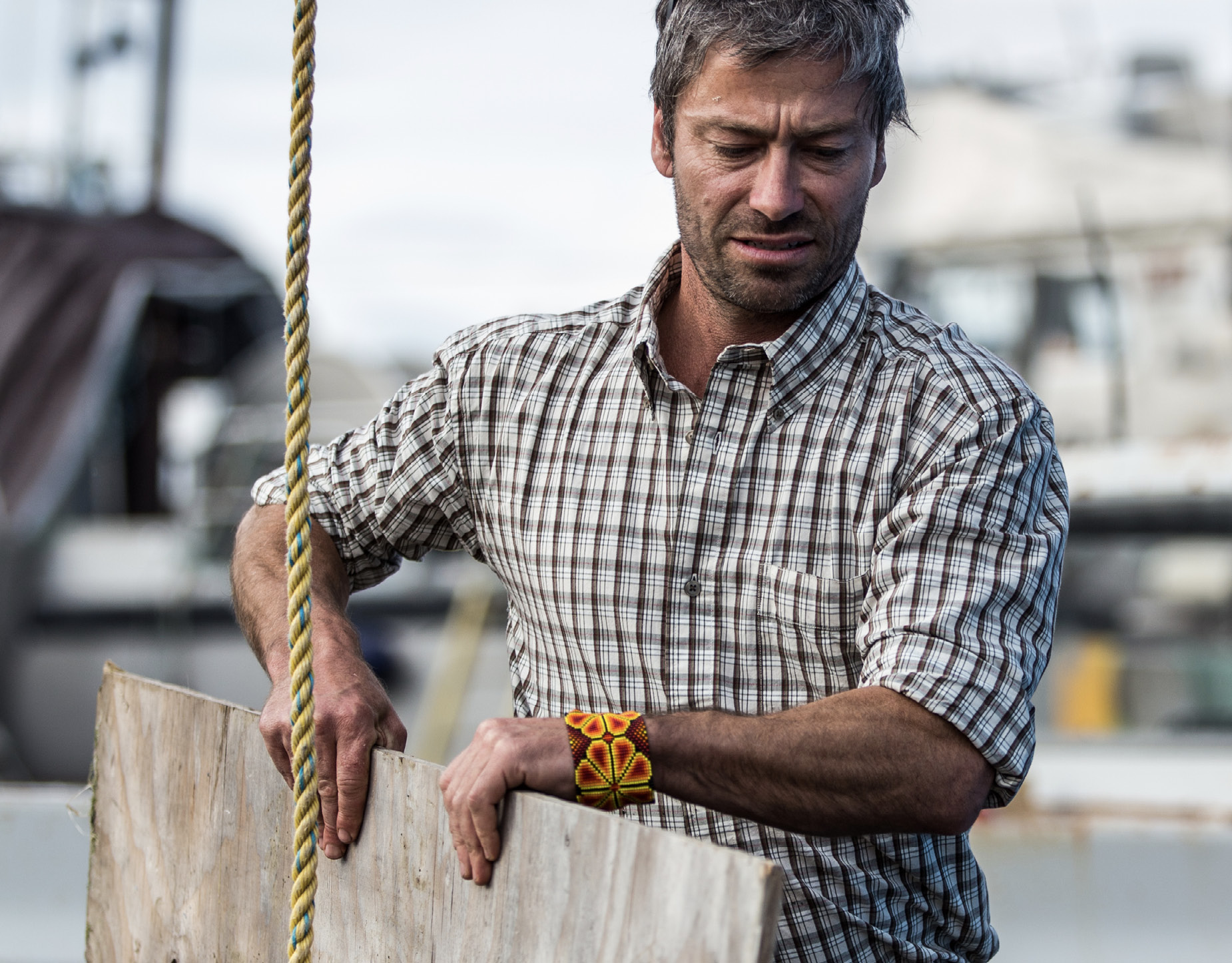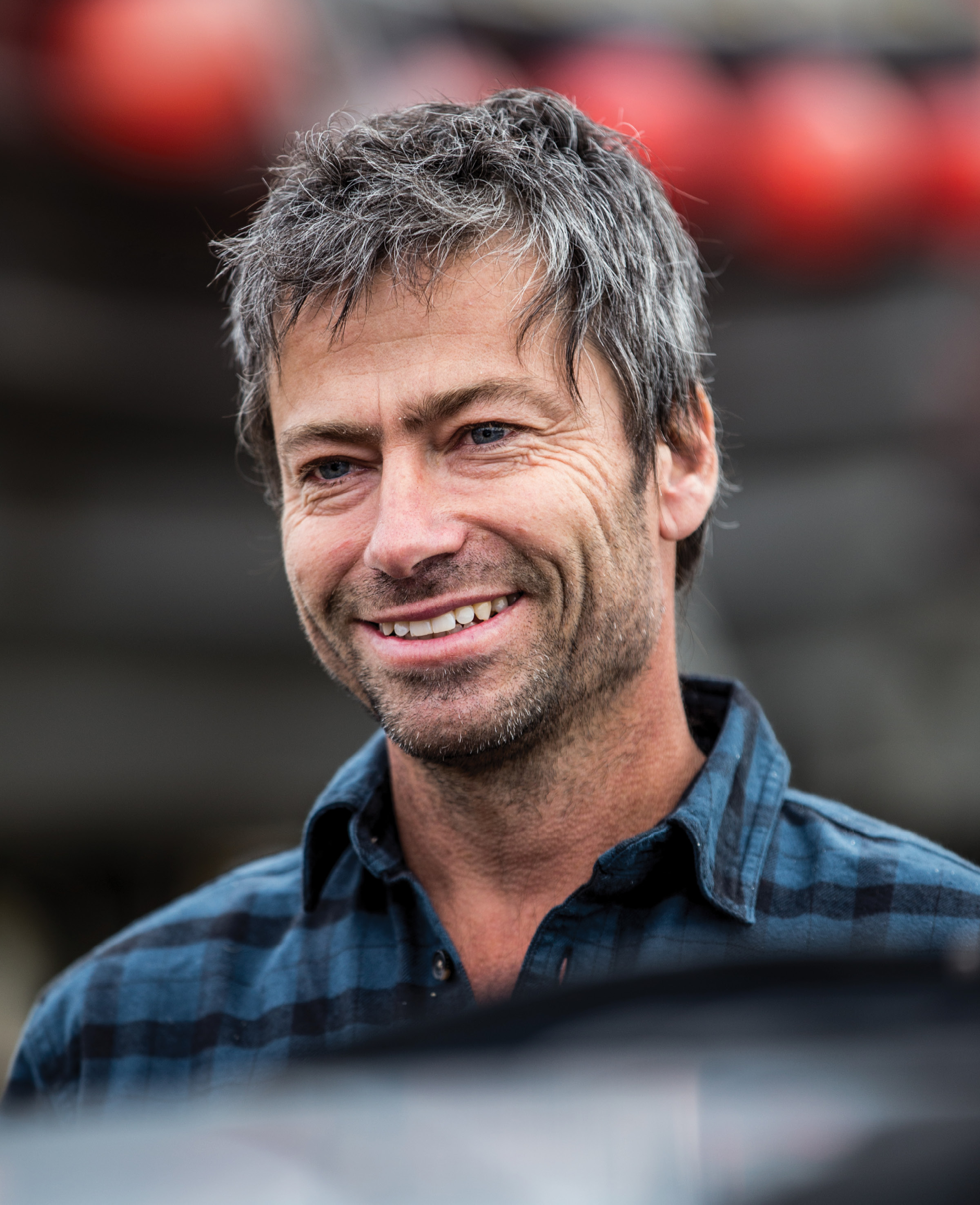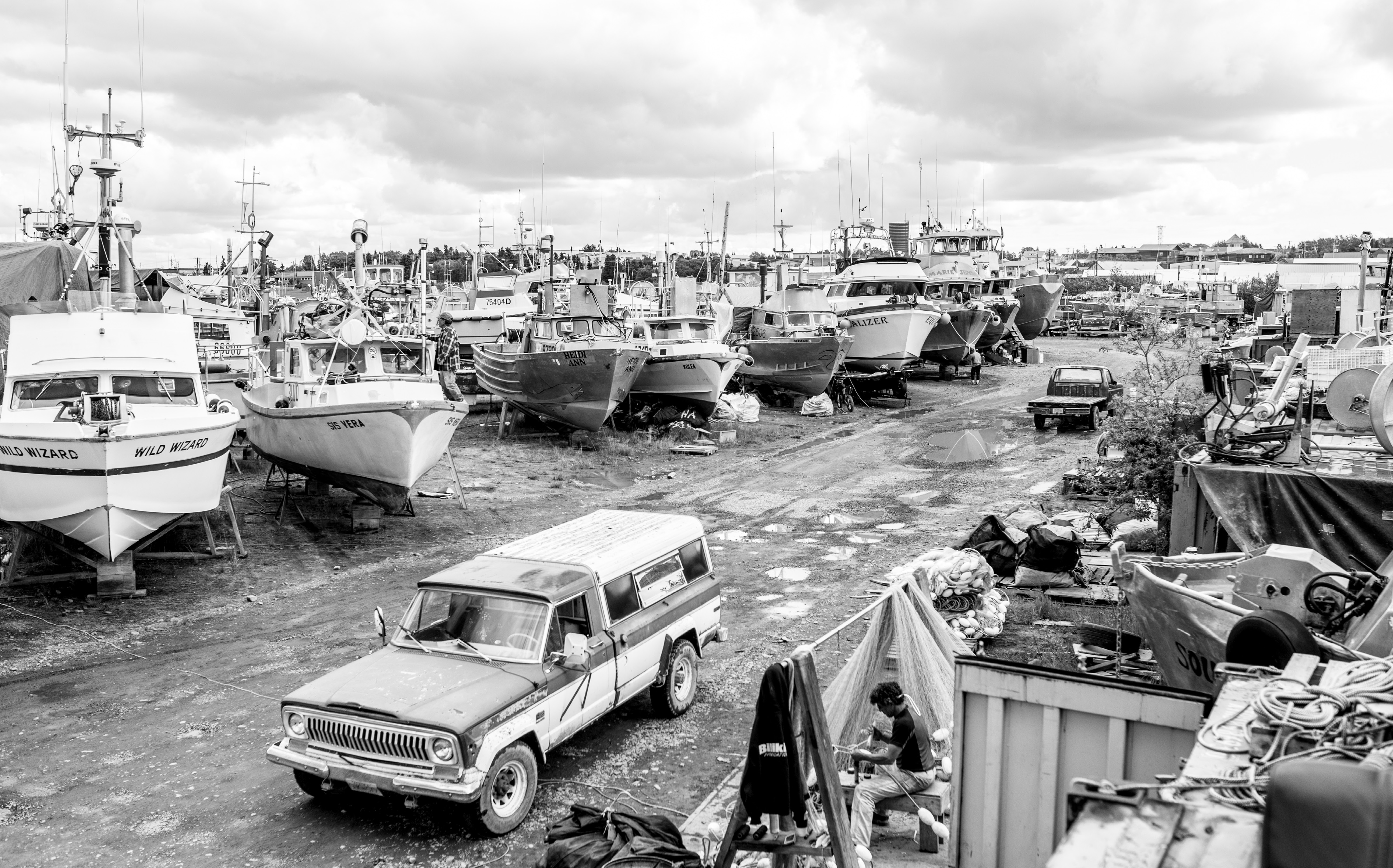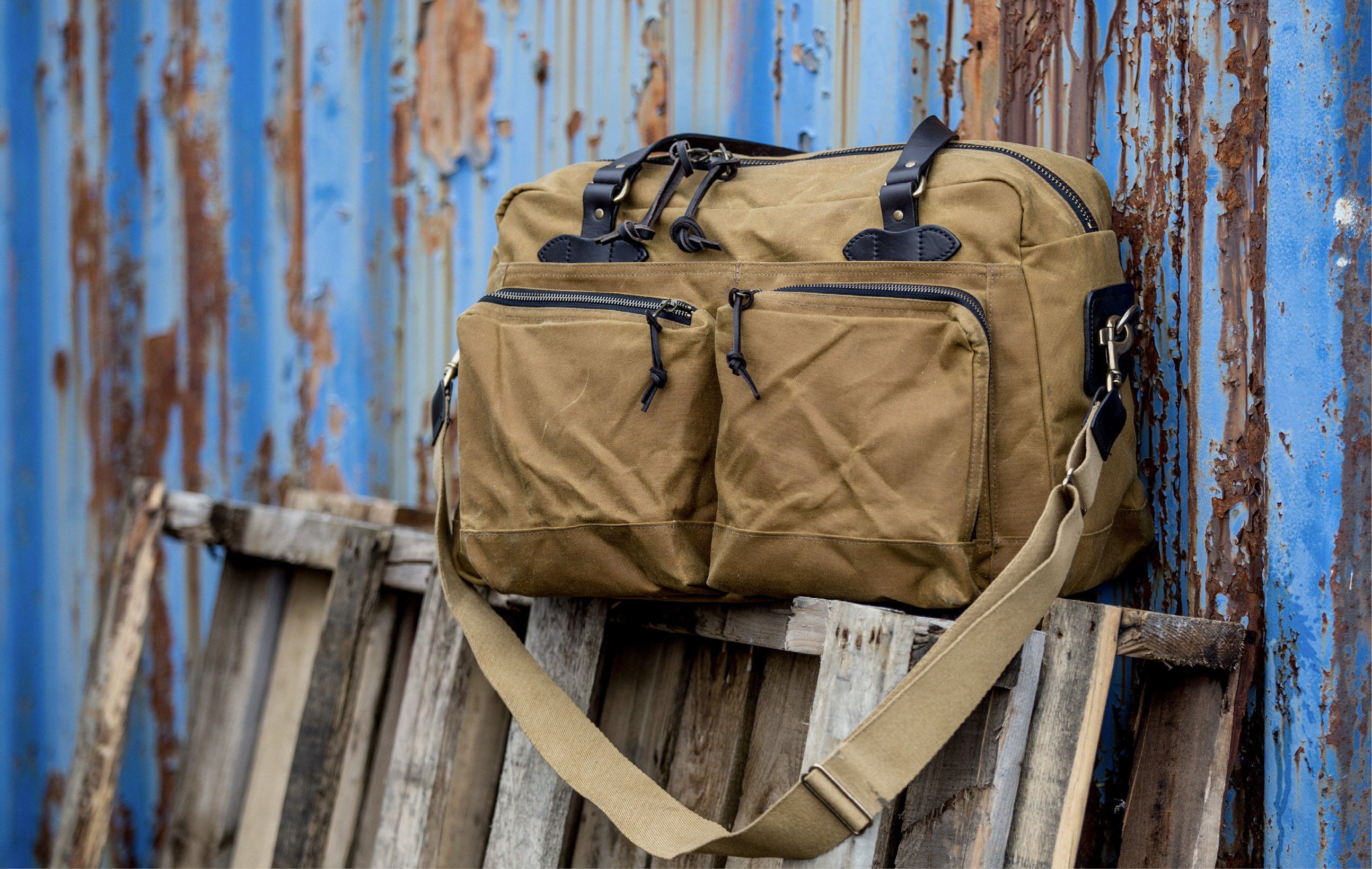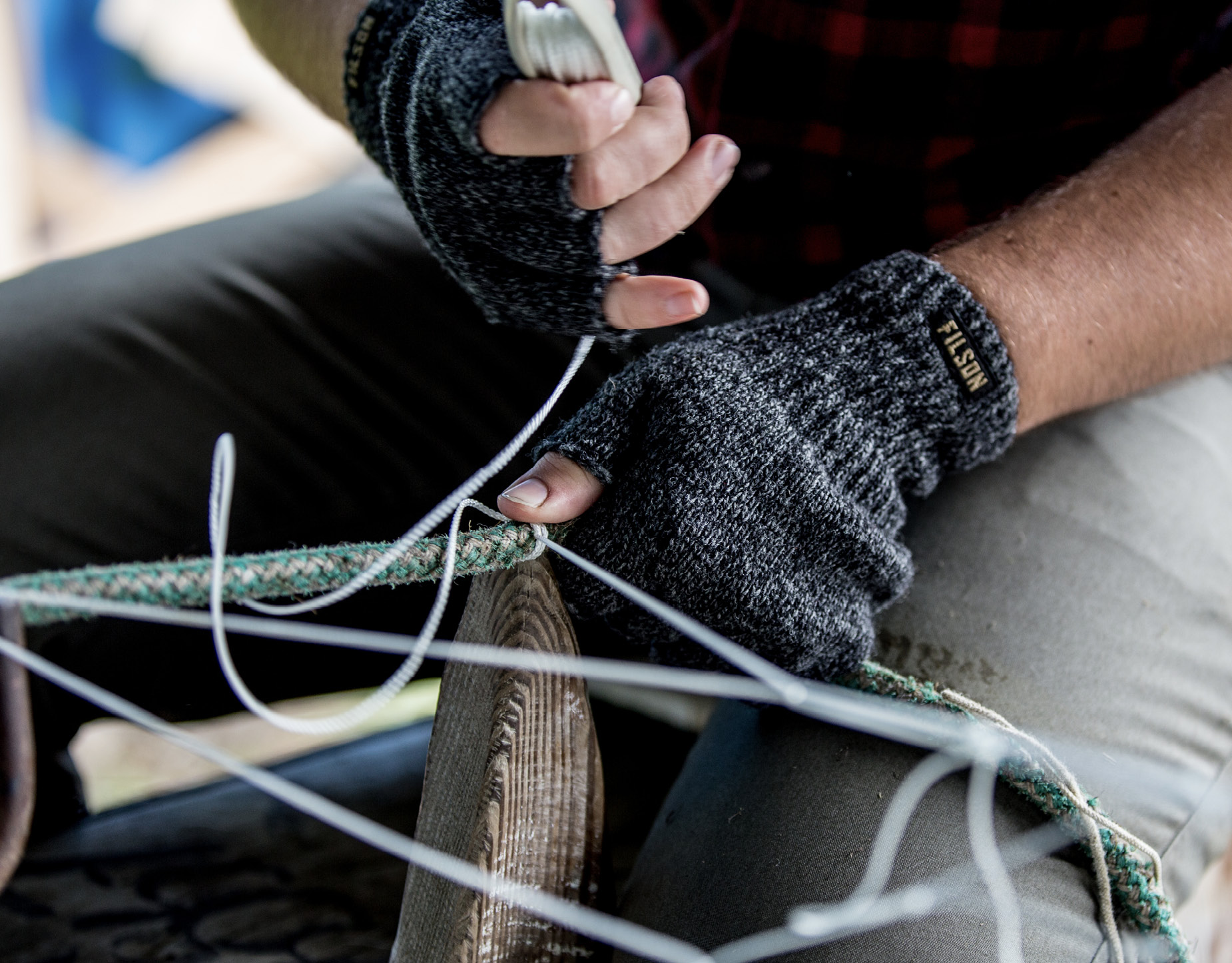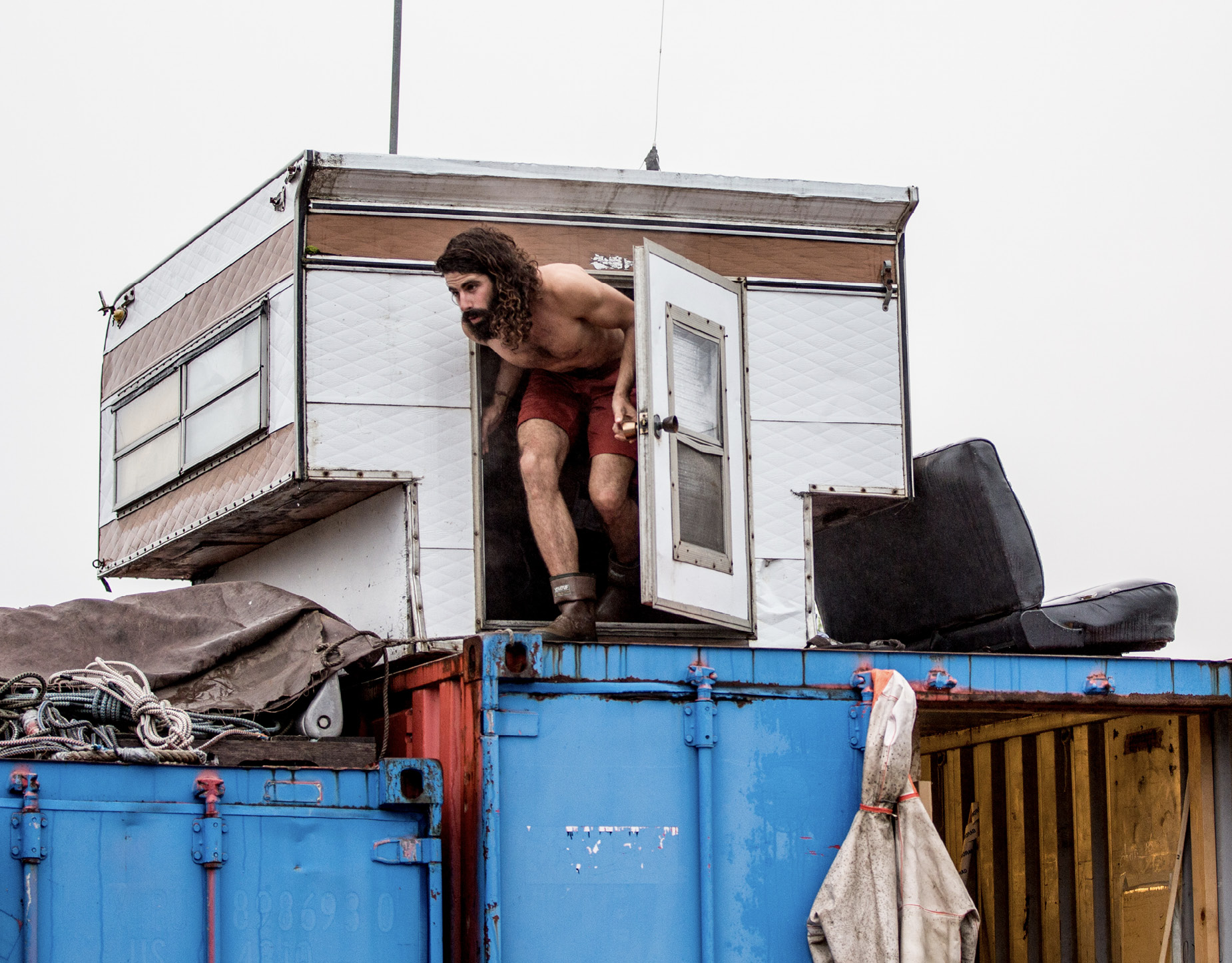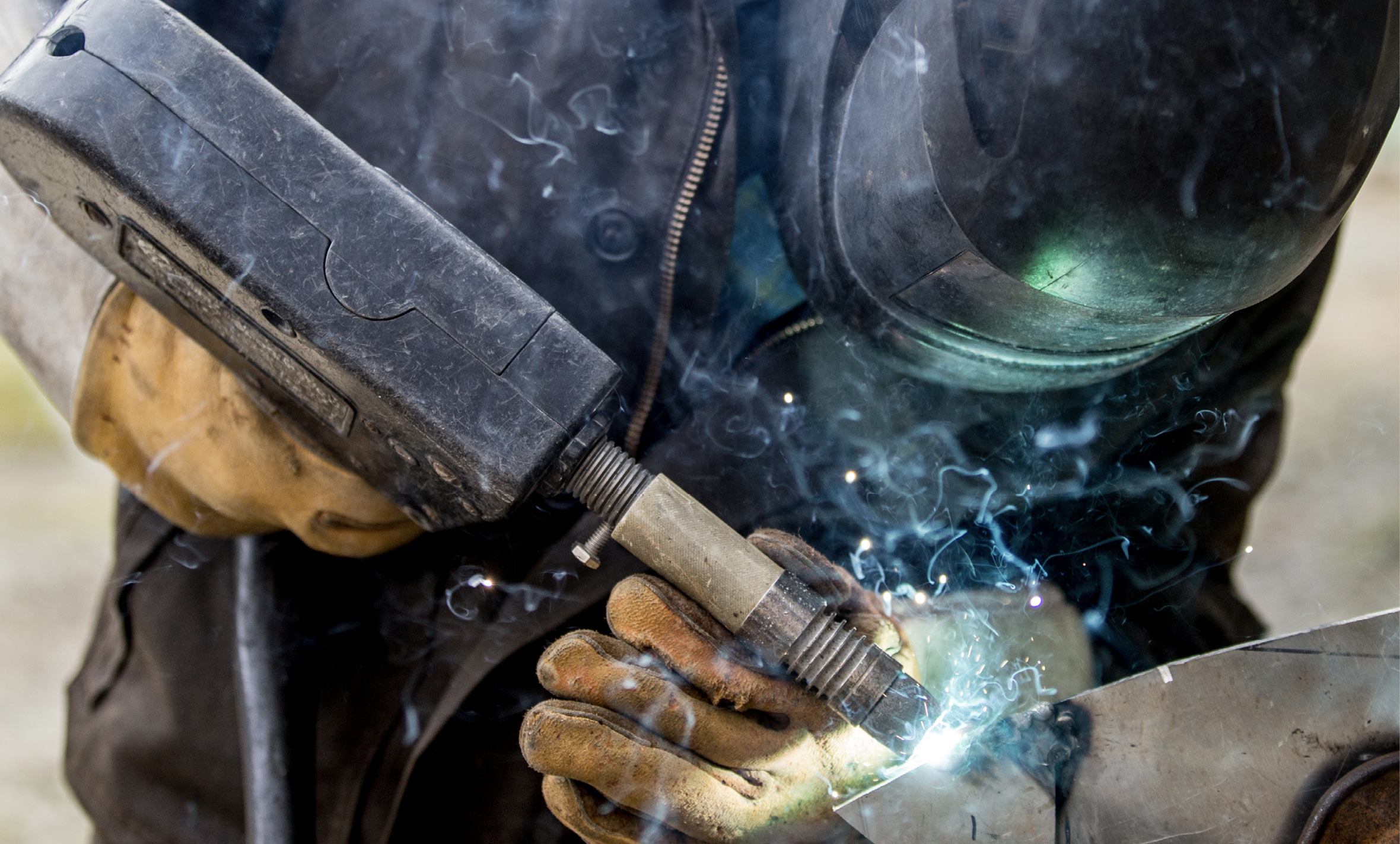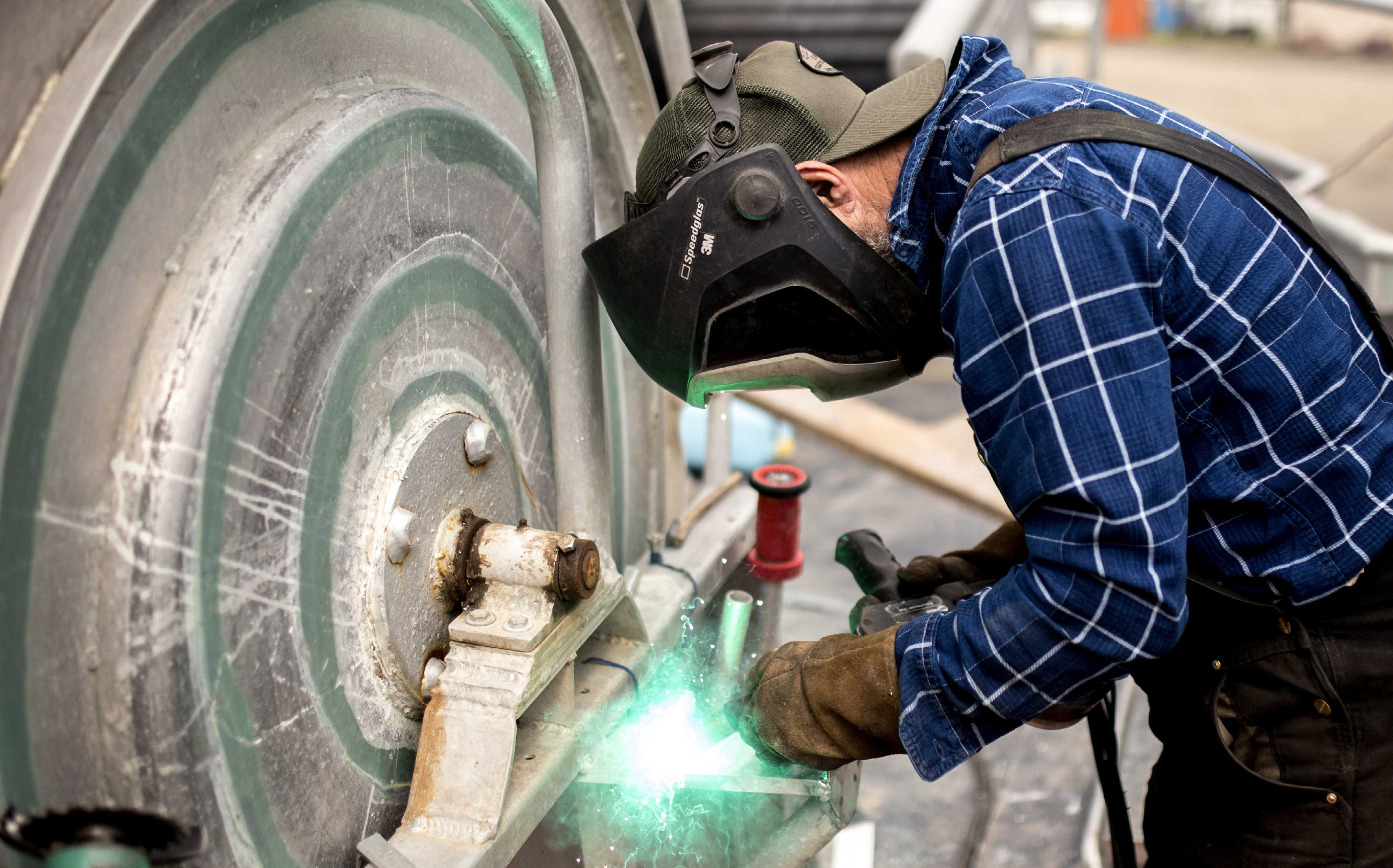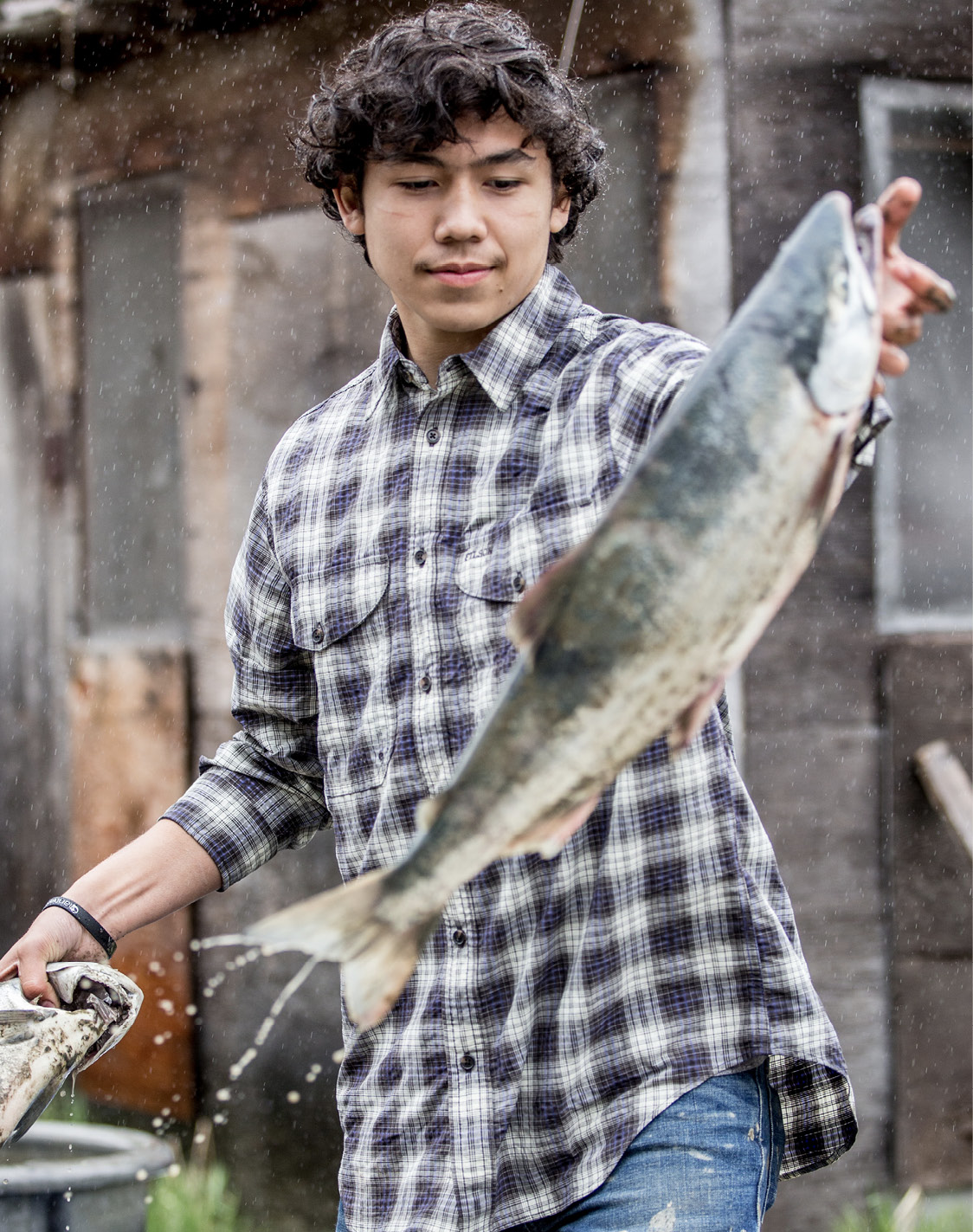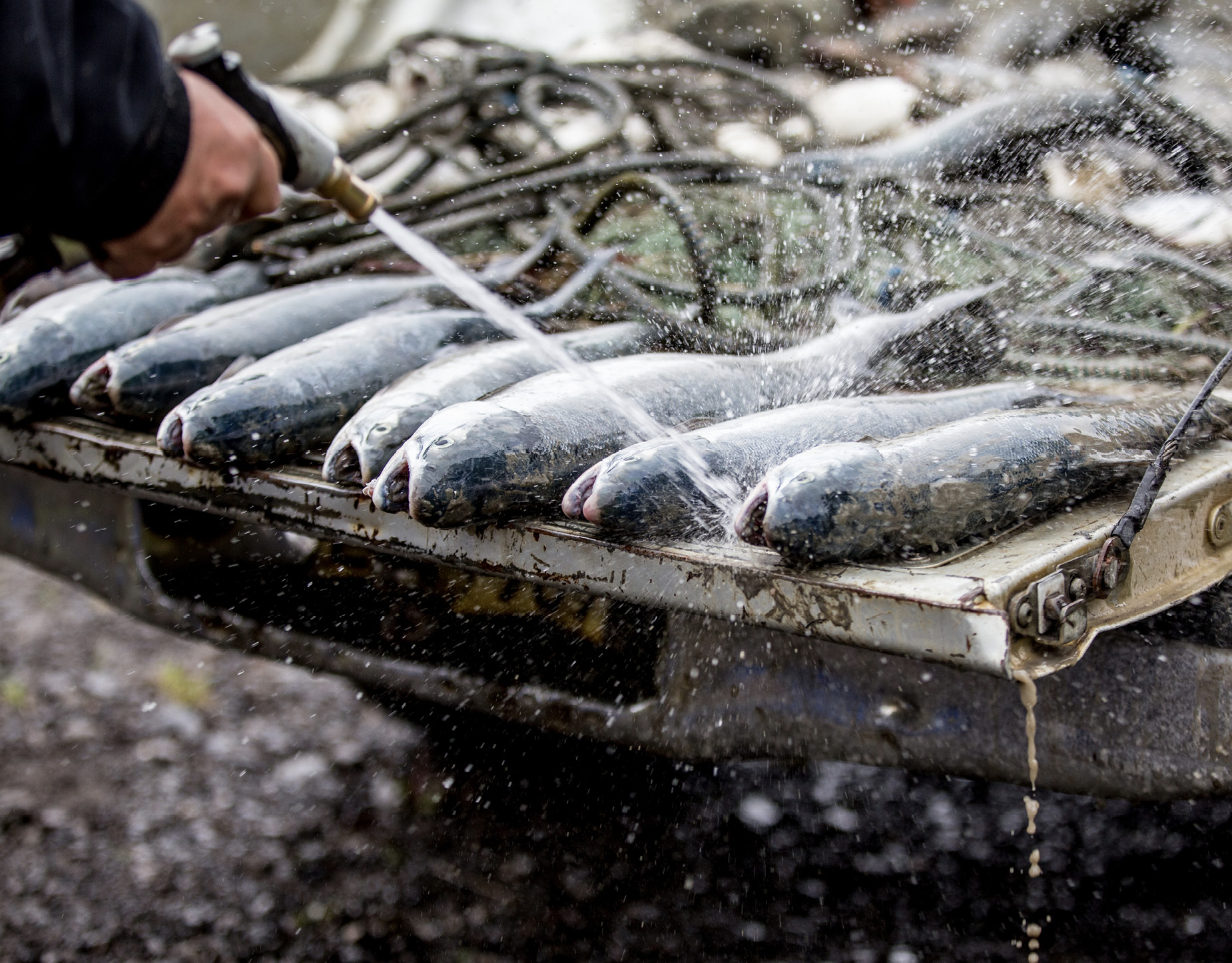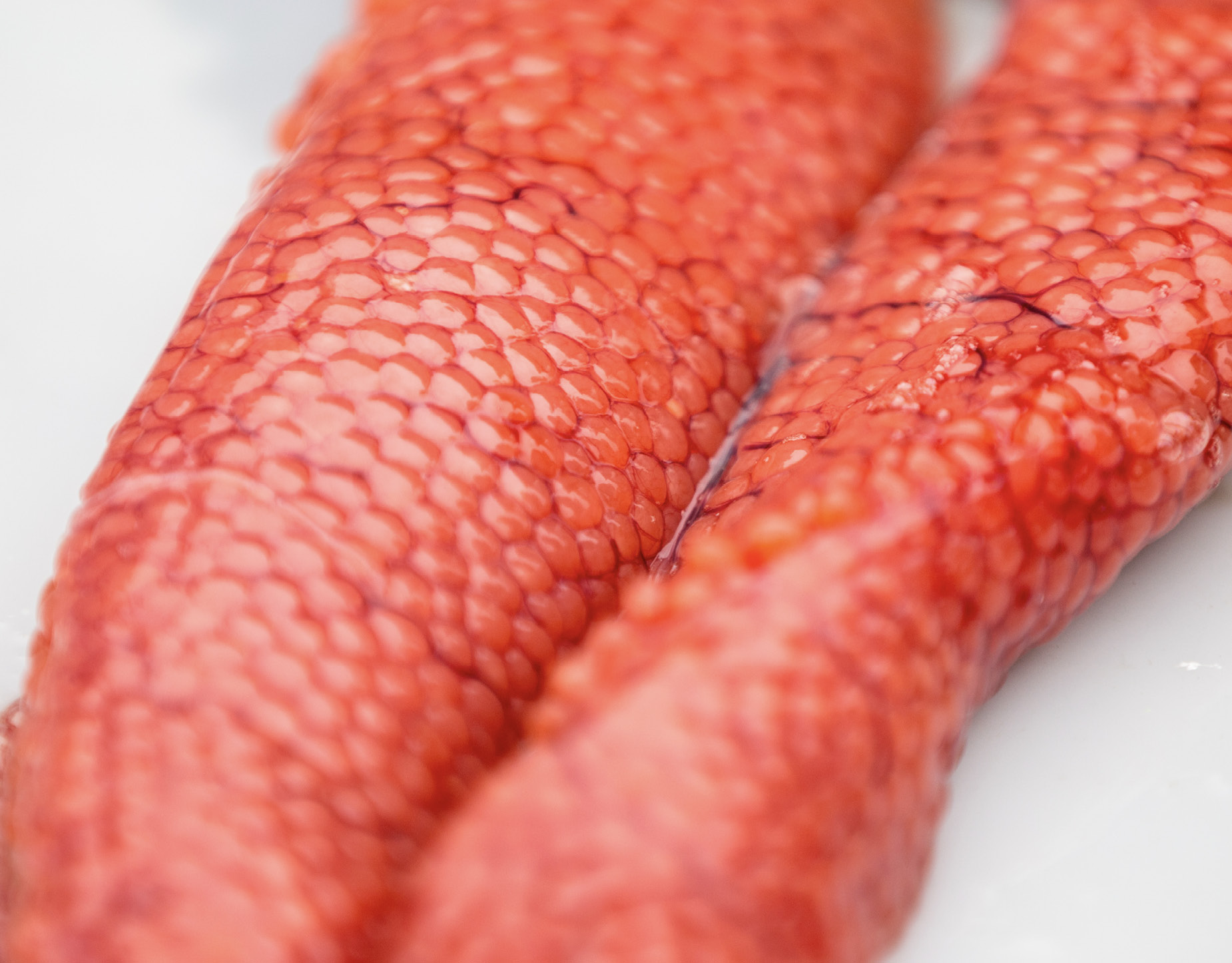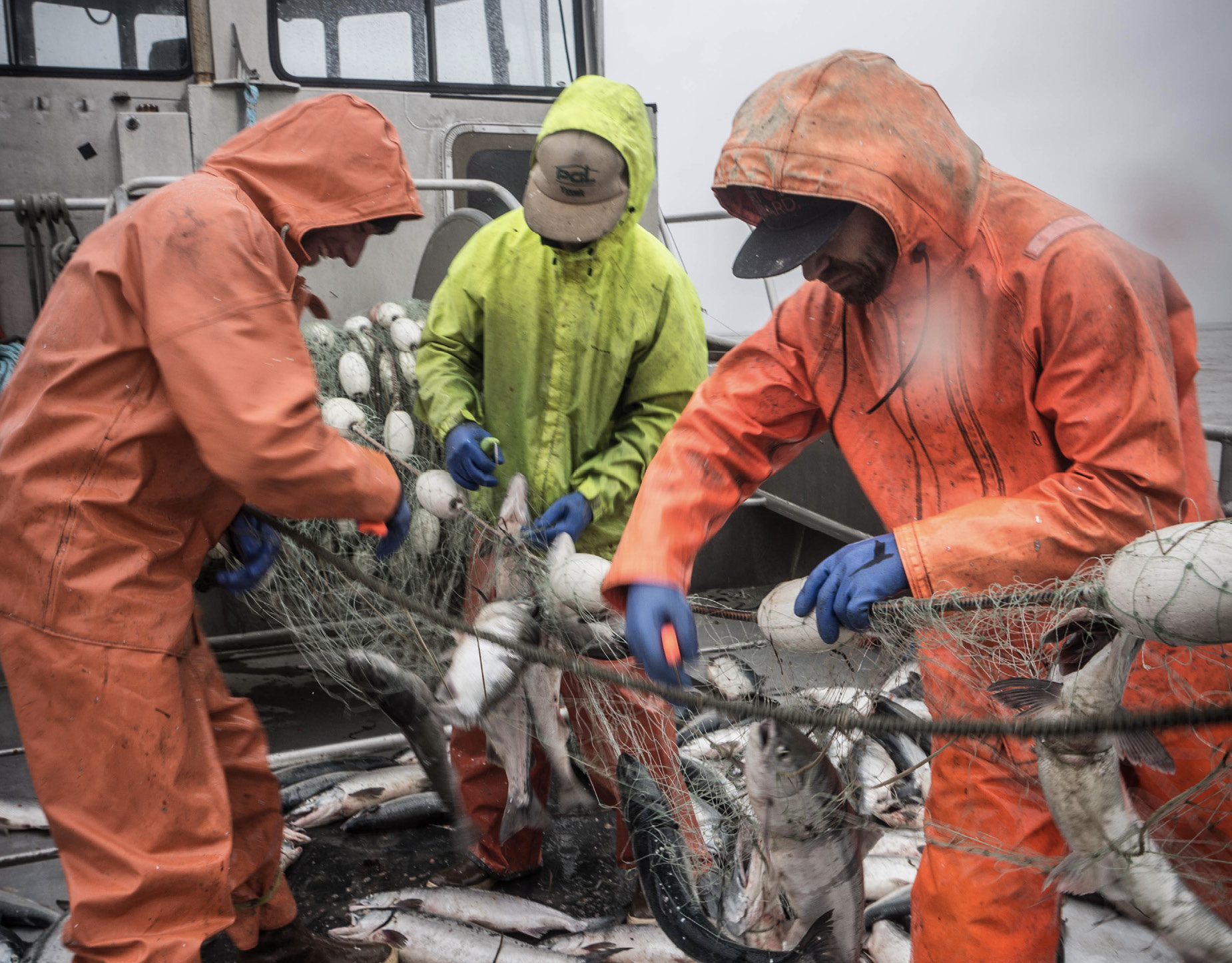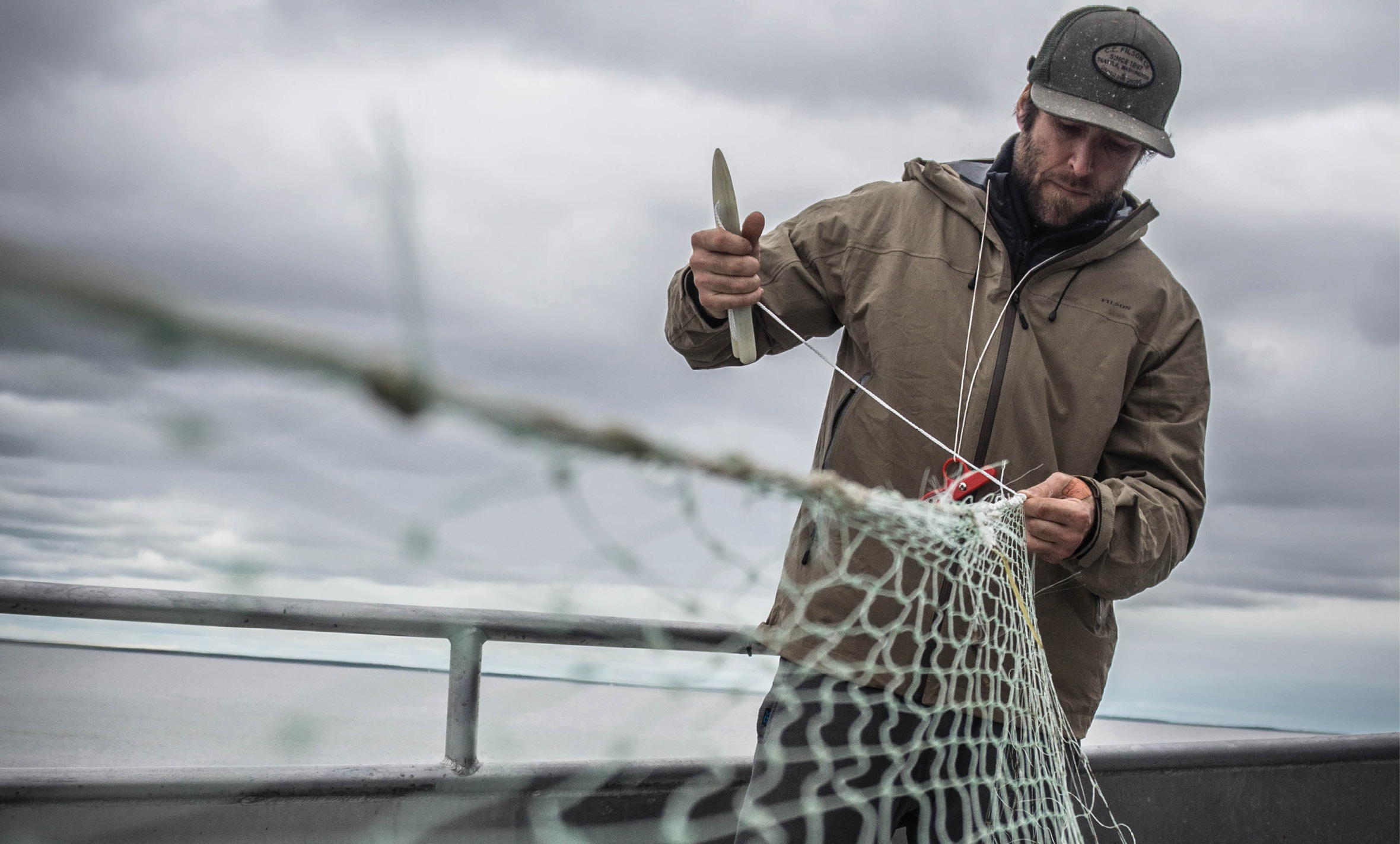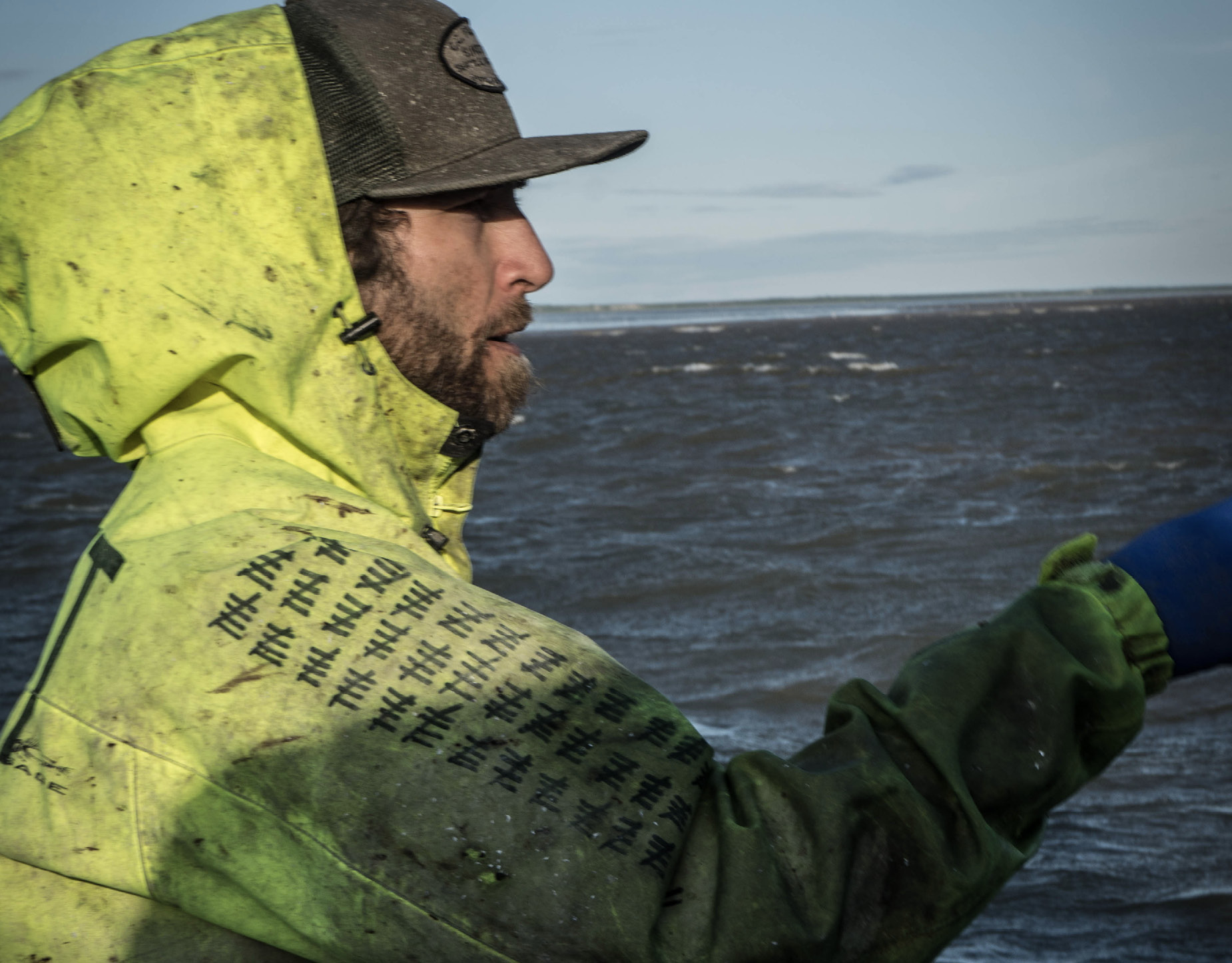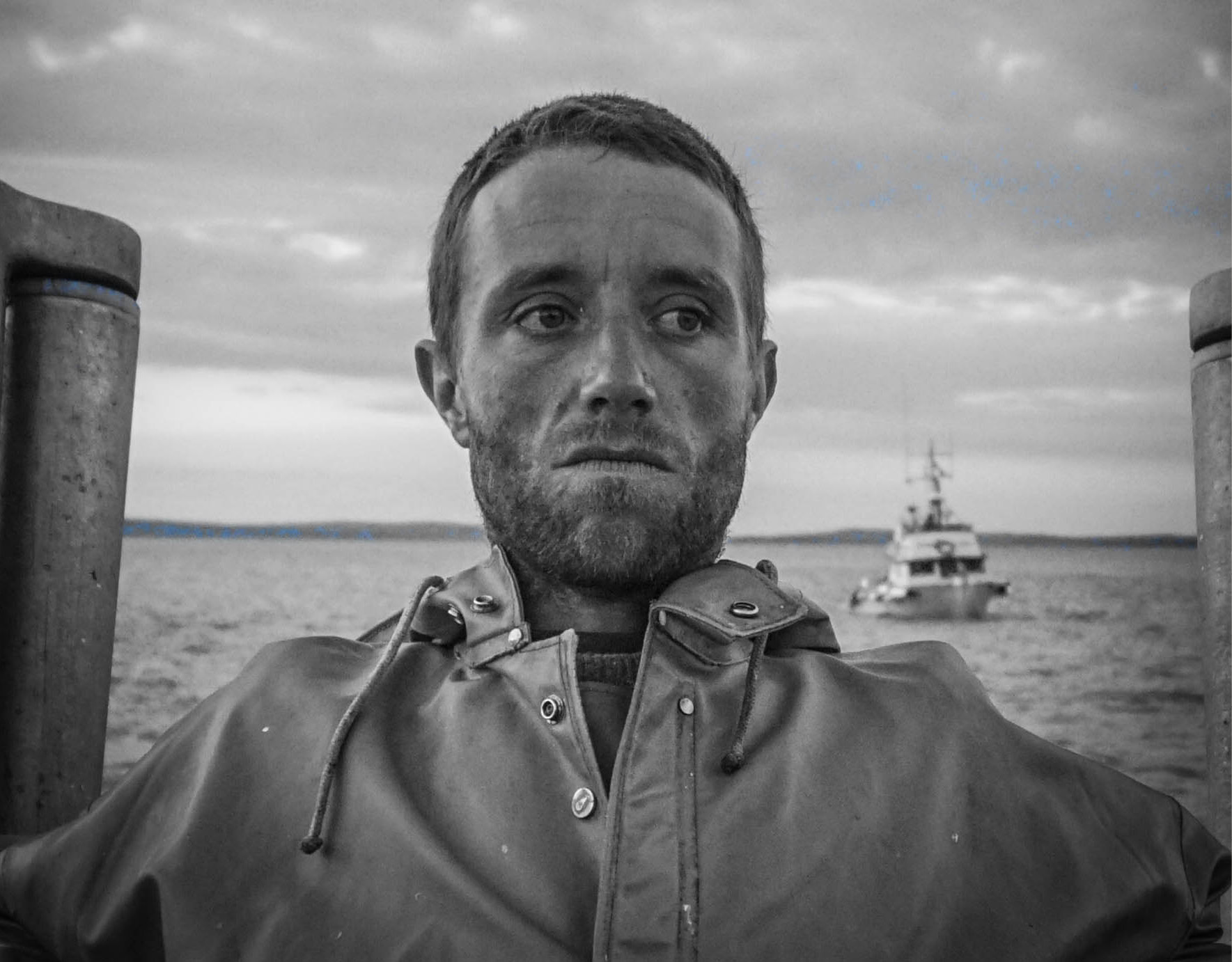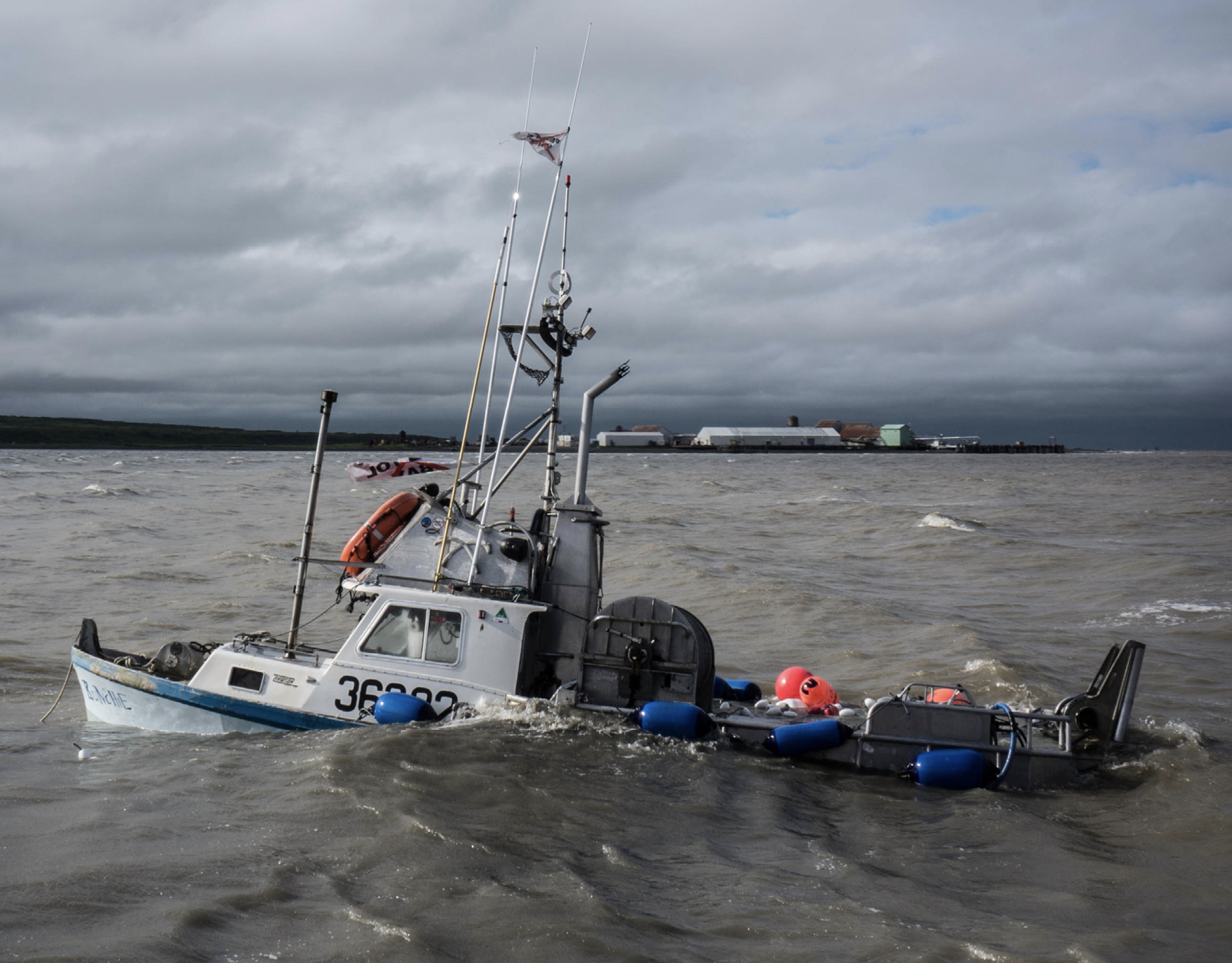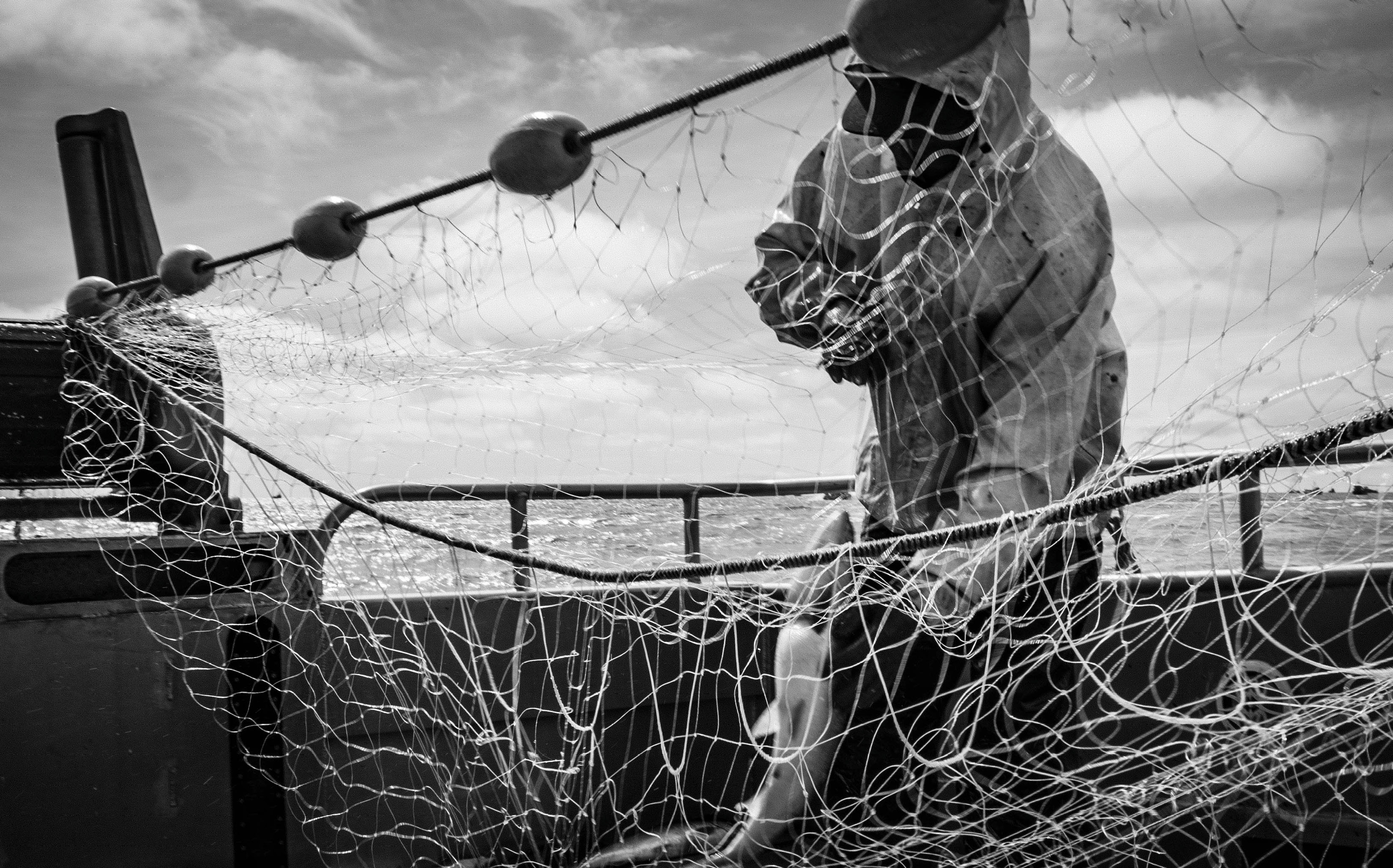
Filson | Bristol Bay
A spring campaign created for outdoor retailer Filson.
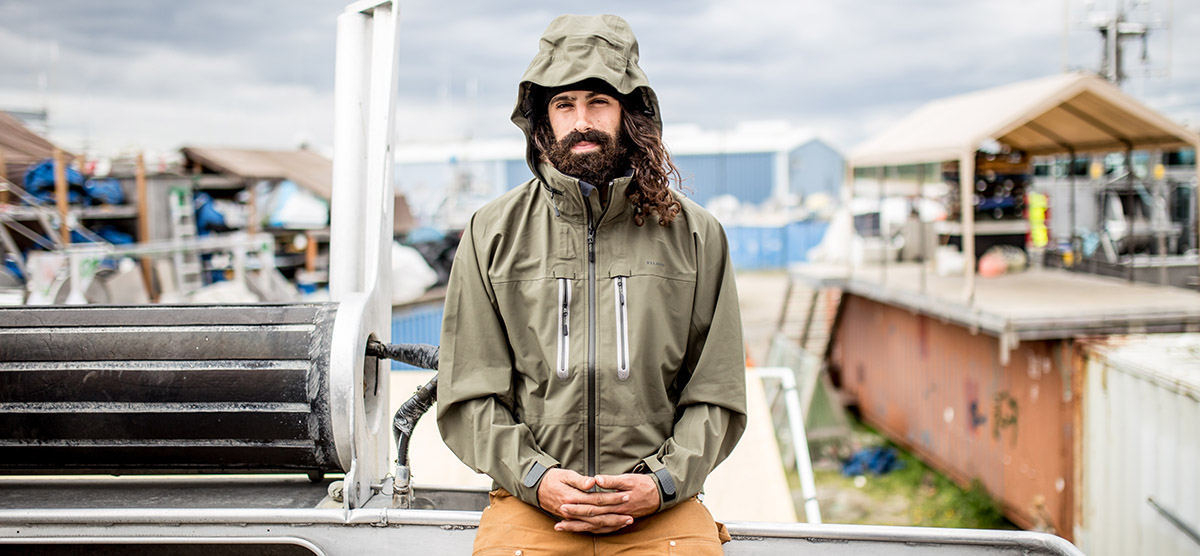
For many, the thought of working from dawn to dusk is indicative of a long day. But in a region that seasonally experiences 22 hours of daylight, the concept of a “work day” is non-existant. The people here swipe their timecards in late May and don’t clock out until the end of July. They are here for one reason; to participate in one of the oldest, largest, and most sustainable fisheries in the country. The Bristol Bay salmon run attracts people from all over the globe, who, for two months work tirelessly around the clock to harvest “Red Gold”.

The GYPSY FLEET AND RED GOLD
In the corner of the PAF Marine Service boat yard, part of Peter Pan Seafoods, a group of commercial fishing vessels prepare for the upcoming season. A radio group of roughly 15 individual boats work cooperatively on the water under the unofficial name, The Gypsy Fleet. Throughout the boat yard, blue shipping containers double as storage for all the boats and as housing for the people working on them. For six weeks of the year, the Bristol Bay fishery opens up for commercial fishing of Sockeye Salmon, known as “Red Gold”, referencing the fish’s deep unique color, its sought after flavor, and its lucrative value to the men and women who work feverishly in the 150 year old fishery.
For over 100 years, Dillingham, Alaska has been a regional hub for commercial salmon fishing in Bristol Bay. The small town of fewer than 2500 residents is disconnected from the Alaskan road system, making it accessible only by boat or plane. During the summer, the area receives near perpetual daylight.
The town, situated on the mouth of the Nushagak River, an inlet of Bristol Bay has for decades been a site of a political and evironmental battle with local tribes, fishermen, residents, and guides advocating against a foreign funded proposed pebble mine that could jeopardize one of the country’s most important fisheries.
LONGFORM CAMPAIGN VIDEO:
CAMPAIGN PHOTO EDITORIAL:

A mix of seasonal and full-time fishermen, the people of the commercial salmon fishing world come from all walks of life. While out to sea fishing, each boat operates independently, or in small fleets who work together to find the fish during the short commercial openers. During the “Red Gold Rush” rivalries can turn violent as each boat fights to make a living. But during the month long lead-up to the open fishery, the boat yard is a center of cooperation and community. Tools and resources are shared, beers and barbecues are a type of social currency, and the rigorous race to be ready for the season is a burden felt by everyone. Among the rows of aluminum and fiberglass boats, the names of legends of the industry are respected by all.
Tyone Raymond
Captain of the F/V MR. FOX, Tyone has brought his family to Dillingham for his 39th fishing season. A respected skipper of the Gypsy Fleet, Tyone learned to fish with his father on a plywood boat.
Will Kutscher
Onboard the F/V MR. FOX, Will is on his 5th season of Sockeye fishing in Bristol Bay. During college, he purchased a one-way ticket to Dillingham, hoping to find work on one of the hundreds of fishing boats. Just as the fish instinctively return to the rivers each year, so does Will.
H. Robin Samuelsen Jr.
Robin’s great great grandfather, John W. Clark established the first cannery in Bristol Bay, starting a family legacy of local commercial fishing. Robin is the captain of the F/V ROBYN DARLEEN, Chairman of the Bristol Bay Economic Development Corporation (BBEDC), on the board of the Bristol Bay Native Corporation (BBNC), and is a Chief of the Curyung Tribal Council.
Robyn Chaney
Daughter of Robin Samuelsen, grew up on the F/V ROBYN DARLEEN, the family commercial fishing boat. She continues a legacy of commercial fishing, and activism from a family whose testimony encouraged the EPA to place protections on Bristol Bay in 2014.
Susie Jenkins-Brito
Born and raised in Alaska, Susie operates a subsistence set net site and crews the F/V SEA BREEZE, the family commercial fishing boat. Additionally she operates a food blog at setthenet.com. She refers to the fishermen of the nearby PAF boat yard as her “seasonal family”.
John Paul "JP" Gramelis
Onboard the F/V ADVENTURA, JP has been fishing in Bristol Bay for several seasons. Also an avid surfer, JP finds freedom in working as a commercial fishermen for two months a year in order to live life to the fullest the other ten.

For nearly 150 years, Dillingham has been a hub of the commercial fishing industry. From the Yup’ik people who have fished for centuries, to local residents engaged in subsistence fishing, to the seasonal and full-time fishermen found in the PAF Marine Service boat yard. Everyone has a common goal and leisure time is a luxury most can’t afford. To put a label on the lifestyle would be disingenuous. The pulse of Dillingham has an almost unrecognizable rhythm, seeming equal parts co-op, Burning Man, hunter, farmer, and cowboy. There is a sense of fierce independence, but also an unmatchable feel of community.

For centuries, local Natives have subsisted off the land and waters of the Nushagak River. Along the banks of Kanakanak Beach, dozens of families engage in subsistence set netting, many of whom have fished the exact same site on the beach for generations. Here the fish come first, before life, love or fun, the salmon must be picked from nets every tide. What isn’t consumed is shared, a gesture of community and friendship.

For decades, the people of Dillingham and Bristol Bay have advocated against a proposed foreign interest copper and gold mine, referred to as The Pebble Project. The project would be one of the largest gold and copper mines in the world, and poses a substantial risk to the Bristol Bay Fishery. The risk of contamination from acidic chemicals and toxic metals could devastate the $1.5 billion, 150 year old industry, and jeopardized the livelihood of over 14,000 people. In 2014, local advocates successfully convinced the Obama Administration and the EPA to authorize use of the Clean Water Act to block the project. But the current administration has reversed the federal stance on the project, and has recently re-opened the bid to proceed with the mine. During the last public opinion session, over 1.5 million Americans expressed opinions on the mine. 98% were in support of Bristol Bay, and against the Pebble project. The Bristol Bay Pebble Mine’s nearly universal disapproval is a bit of a unique situation as most of the people in the local industry are not necessarily anti-mining. The proximity of this project to one of the worlds largest, oldest, and most sustainable fisheries poses a risk to hard working Americans, and the country’s seafood industry.
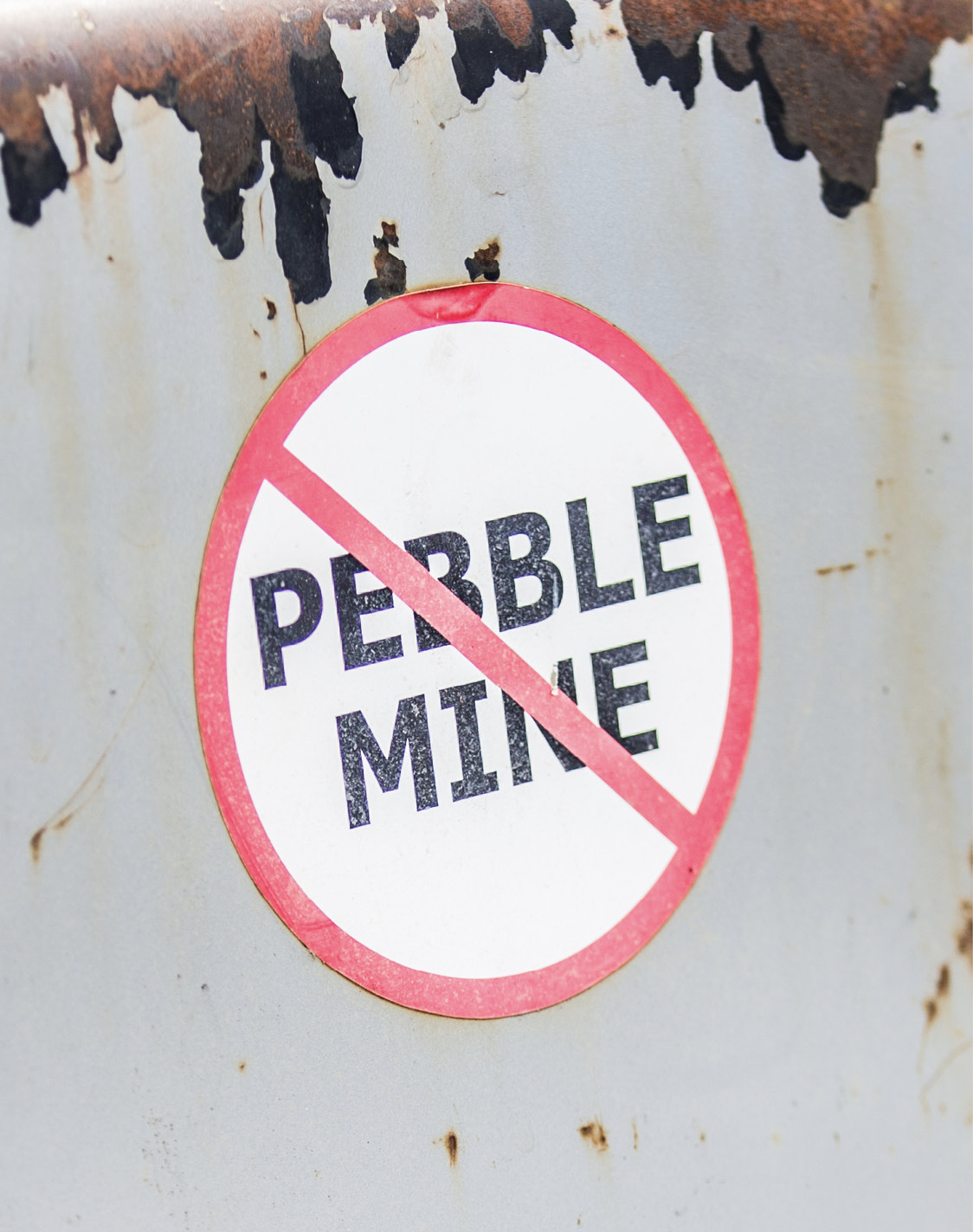
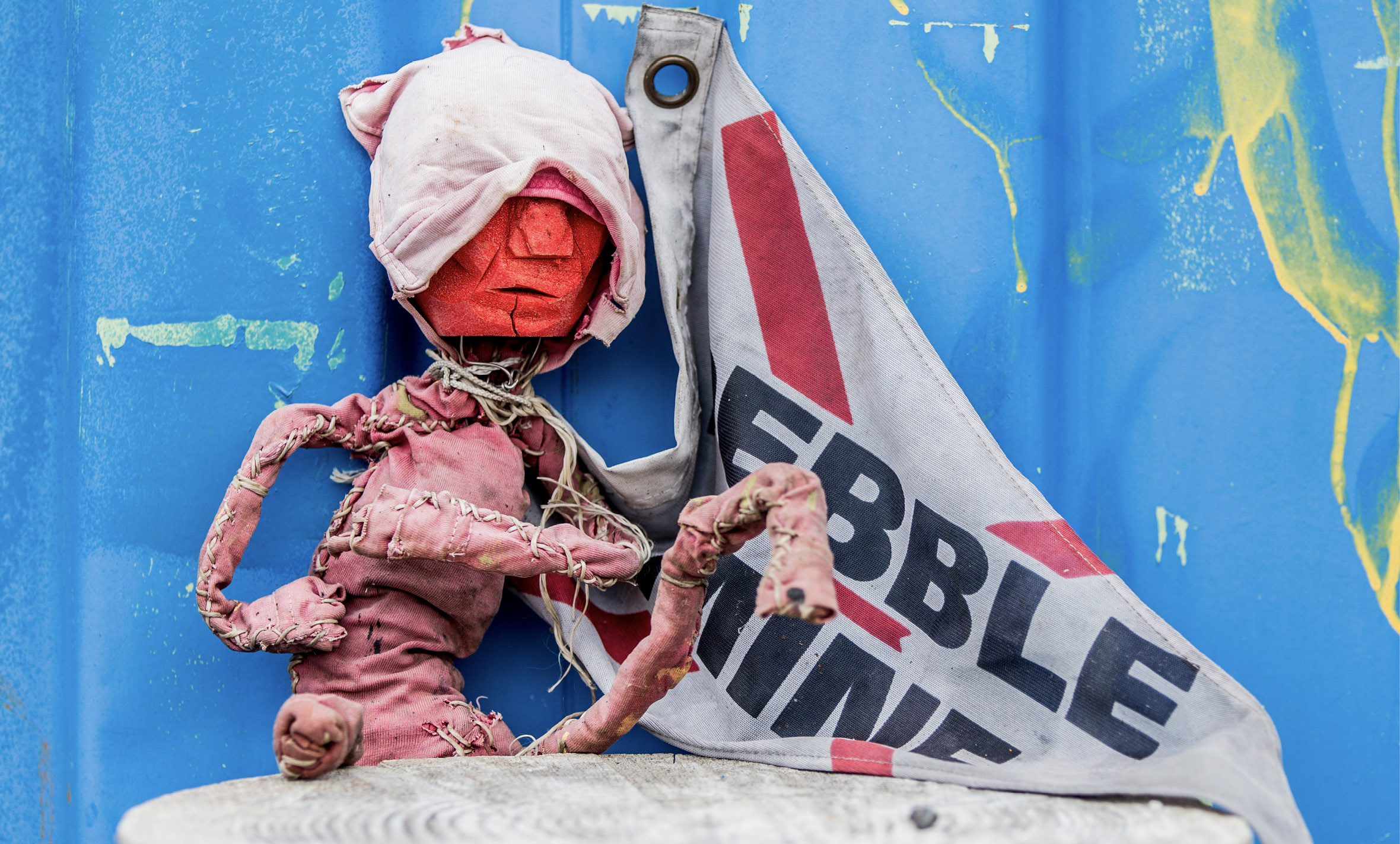
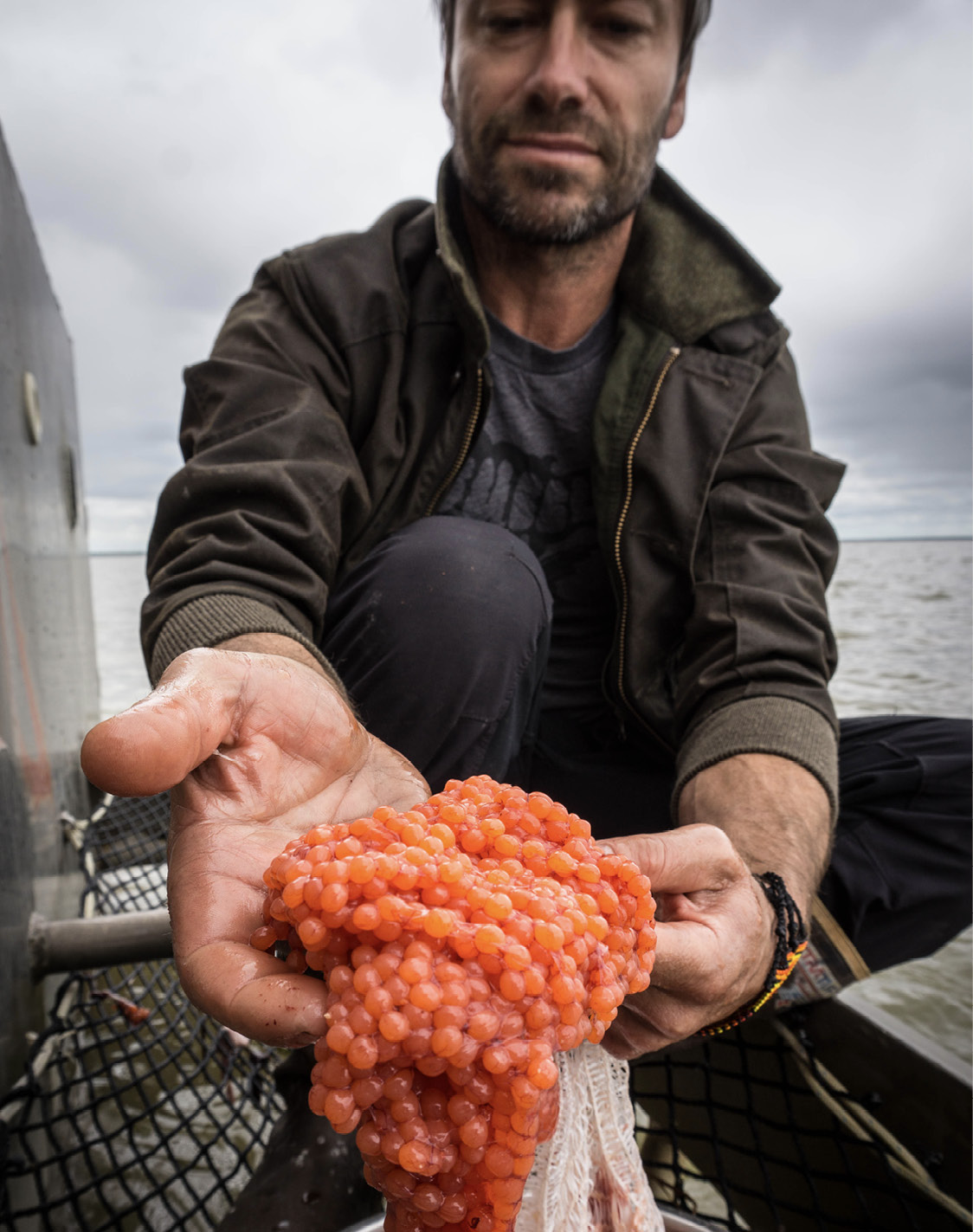
Learn more about the research behind the environmental hazards of the project at www.pebblescience.org

Once the call is made and the fishery opens, thousands of seafarers embark on a seemingly non-stop frenzy of dropping nets and picking fish, sometimes literally right on top of each other. The boats only come back to shore for emergencies, often swapping supplies and salmon with support boats out in the bay. Here, community becomes competition, but still, the same sense of purpose is shared by all.
View the catalog HERE
CREDITS
VIDEO: BROTHER (Dan Windsor, Nolan Grose)
PHOTO: Ford Yates, Will Kutscher
STYLE: Hana Crumley
MY CONTRIBUTION: Creative, concept development, producer, location art director, writer
Kevin Knutson
206.293.1226
KevinPKnutson@gmail.com
Seattle, WA

